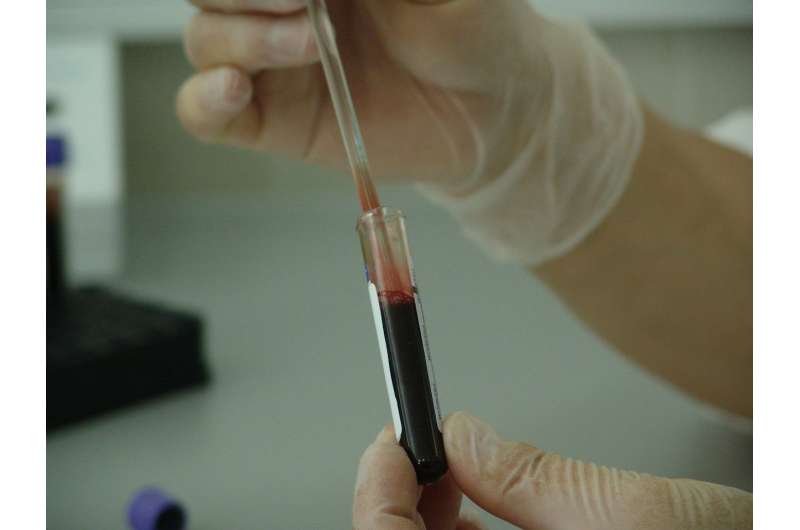Advancements in Neural Networks and Label-Free Microscopy for Precise Pancreatic Tumor Detection

Innovative use of neural networks combined with label-free multiphoton microscopy offers high-accuracy, real-time detection of pancreatic neuroendocrine tumors, potentially transforming surgical diagnosis and treatment.
Recent developments in imaging technology and artificial intelligence are revolutionizing the diagnosis and treatment of pancreatic neuroendocrine neoplasms (PNENs), rare hormone-producing tumors in the pancreas whose incidence is on the rise. A team of researchers at the University of Arizona has introduced a promising technique that combines multiphoton microscopy (MPM) with deep learning algorithms to identify cancerous tissues more swiftly and accurately during surgical procedures.
Multiphoton microscopy is a light-based imaging method that captures detailed images of tissue by detecting natural fluorescent molecules such as collagen, NADH, FAD, lipofuscins, and porphyrins. These markers are instrumental in differentiating healthy tissue from malignant areas without damaging the tissue sample, unlike conventional microscopy. The approach enables real-time histological analysis, providing surgeons with immediate feedback, which can significantly inform surgical decisions.
In a study published in Biophotonics Discovery, the research team utilized MPM to image pancreatic tissue samples and applied machine learning (ML) and deep learning techniques—specifically convolutional neural networks (CNNs)—to interpret the images. The ML model achieved an accuracy of 80.6% in identifying cancerous tissue, while the CNNs demonstrated an even higher performance, with accuracy levels ranging from 90.8% to 96.4%. These results remained consistent across samples from different sources, indicating the robustness of the method.
The study also provided insights into the specific tissue features associated with cancer. The ML approach flagged factors like collagen content and image contrast as key indicators, enhancing the understanding of the tissue's structural differences in cancerous versus normal states. Although CNNs outperformed traditional ML algorithms, the latter’s transparency offers potential for further refinement in tissue classification.
This technique's rapid analysis surpasses standard histology methods in speed, with ongoing improvements aiming to make it even faster. Future plans include testing with fresh tissue during surgery and exploring the ability to determine tumor grade and type, which are crucial for personalized treatment strategies.
The integration of label-free multiphoton microscopy and advanced neural network analysis holds promise for real-time cancer diagnostics and enhanced surgical precision. Such developments could lead to fewer repeat surgeries and better patient outcomes, especially in challenging cases like pancreatic tumors.
Stay Updated with Mia's Feed
Get the latest health & wellness insights delivered straight to your inbox.
Related Articles
Hunger and Neural Circuits Delay Puberty Onset in Mice
Neuroscientists at RIKEN have identified neural pathways linking hunger to delayed puberty in female mice, unveiling potential mechanisms shared with humans that connect nutrition and reproductive development.
The Impact of Microplastics on Brain Health: What We Know So Far
Emerging research indicates microplastics are found in human brains, but their health effects remain uncertain. Learn about recent studies and the need for precautionary action against plastic pollution's impact on brain health.
Innovative RNA Modification-Based Liquid Biopsy Detects Early Colorectal Cancer with High Precision
A groundbreaking blood test using RNA modifications has achieved 95% accuracy in detecting early-stage colorectal cancer, promising a highly sensitive, non-invasive diagnostic tool.



